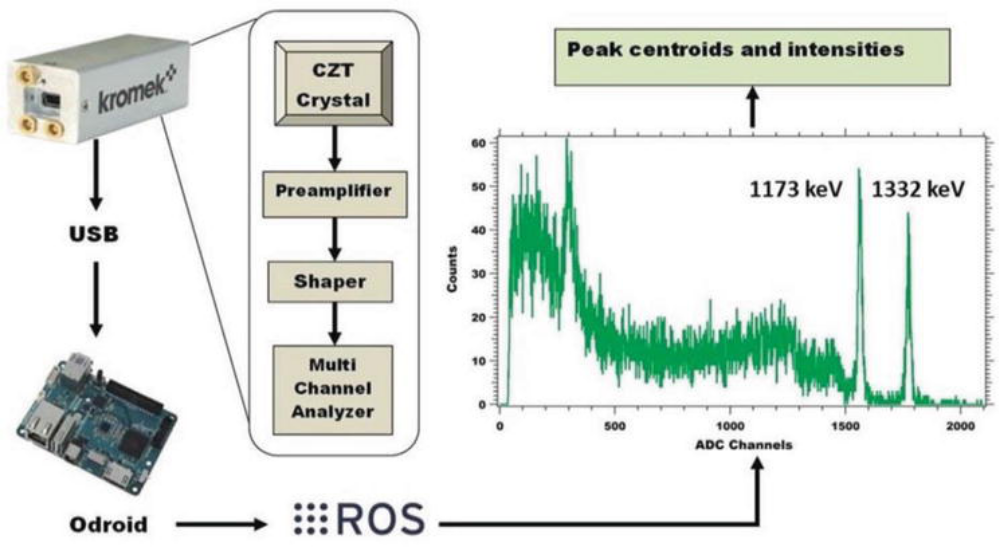Gamma ray measurements involved in monitoring technologies of field conditions are of vital importance for environmental safety and radiation protection. This open access research by Monia Kazemeini, John Vargas, Alexander Barzilov and Woosoon Yim addresses the method of cooperative gamma sensing using multiple unmanned aerial systems.
Hazardous radiological wastes can be a result of large nuclear projects; radiological materials can be displaced, lost, or smuggled. Additionally, they can be released into the environment due to man-made accidents or natural disasters.
One example is the Fukushima Daiichi nuclear power plant disaster that led to radiological contamination of the plant’s infrastructure and territory adjacent to the plant. The use of Unmanned Aerial Systems (UAS) allows for the remote radiation sensing, mapping, and wide area search operations while keeping users away from the risk of exposure.
Small scale, multiuse UAS platforms equipped with navigation and radiation sensing capabilities permit for the surveillance in hard to reach, hazardous areas while allowing for the measurements to be dynamically tracked and mapped. The measured data could be used for situational awareness and further analysis of radiation fields in temporal and space domains.
Furthermore, based on the cooperative sensing algorithms, the UAS swarm can be programmed to search for unattended radiation sources. In order to accomplish radiation monitoring tasks using UAS, gamma ray sensors should be integrated into a robotic aerial platform. The sensor’s data analysis should be automated and carried out onboard taking into account limited computational resources of flight computers.
The full research paper is available here.
Source: IntechOpen

